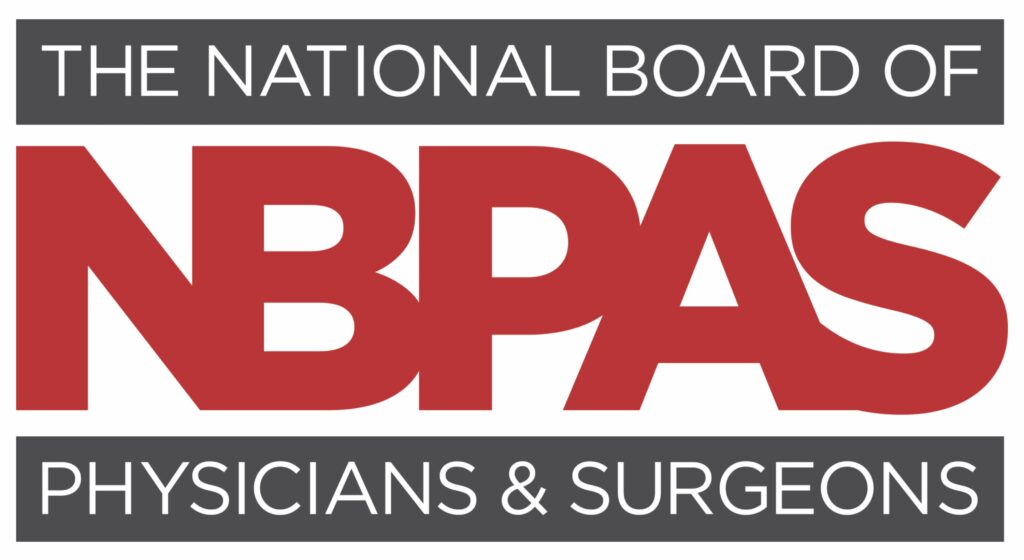Can Dropping Weight Drop Your Blood Pressure? High blood pressure, also known as hypertension, is a major health problem in the United States, affecting more than 50 million people across the country. Hypertension is a state in which the pressure of blood in the arteries is elevated and requires the heart to work harder than normal to circulate blood through the blood vessels. This puts undue stress on the cardiovascular system and increases a person’s risk for stroke, heart disease, and kidney disease. Hypertension is closely associated with being overweight or obese, and is often accompanied by unhealthy cholesterol levels, including increased LDL (“bad”) cholesterol, reduced HDL (“good”) cholesterol, diminished glucose tolerance or type 2 diabetes, and even changes in the size and shape of the heart tissue itself. With the exception of dangerously high elevations in blood pressure, having high blood pressure generally does not cause symptoms and many patients remain undiagnosed for months or years.
During each heartbeat, blood pressure varies between a maximum (systolic) and a minimum (diastolic) pressure. Systolic pressure is represented by the top number in a blood pressure reading, and diastolic is represented by the bottom number. A normal blood pressure measurement is defined as being at or below 120-mm Hg over 80-mm Hg (mm Hg stands for millimeters of mercury, the units in which blood pressure is measured), written as 120/80-mm Hg. Hypertension is defined as a systolic blood pressure in excess of 140-mm Hg or a diastolic blood pressure higher than 90-mm Hg. Prehypertension is defined as a systolic blood pressure between 120 and 140-mm Hg or diastolic pressure between 80 and 89-mm Hg. Lifestyle modifications including weight loss and sodium restriction are often recommended to patients with prehypertension or newly-diagnosed hypertension before antihypertensive drugs are prescribed. For others, drugs to lower blood pressure are recommended in addition to dietary changes and exercise to achieve significant weight loss.
Weight loss has a significant impact on blood pressure. Fortunately, even modest reductions in body weight can result in increased blood pressure control. In some research, losing 17 pounds of body weight lowered systolic pressure by 8-mm Hg and diastolic pressure by 6-mm Hg. In many patients, that would be a large enough drop to bring baseline blood pressure readings close to the normal reading of 120/80! In overweight patients with hypertension, combining exercise and weight-loss interventions has an even more dramatic impact on reducing blood pressure, often dropping both the systolic and diastolic readings by double digits. On average, for every 2 pounds of body weight lost, blood pressure drops by approximately 1-mm Hg.
At Weightloss Clinics®, weight reduction is accomplished through dietary modifications, including a reduced calorie, low-carbohydrate diet with enough dietary protein to maintain lean body mass. Elimination of excess dietary sodium from packaged or processed food products is also encouraged for hypertensive patients, which can further diminish blood pressure. Patients with hypertension are often prescribed the Dietary Approaches to Stop Hypertension (DASH) Diet, which emphasizes many of the same principles as the Weightloss program, including a diet rich in nuts, fish, poultry, fruits, vegetables and other whole, low glycemic index foods. These dietary modifications are coupled with an increase in physical activity and additional designated exercise, such as walking or resistance training. Weightloss Clinics® patients can lose up to 5 to 10 pounds after the first week and up to 20 pounds after the first month. The fall in blood pressure that typically accompanies weight loss often allows Weightloss patients to reduce or even stop antihypertensive medications!

